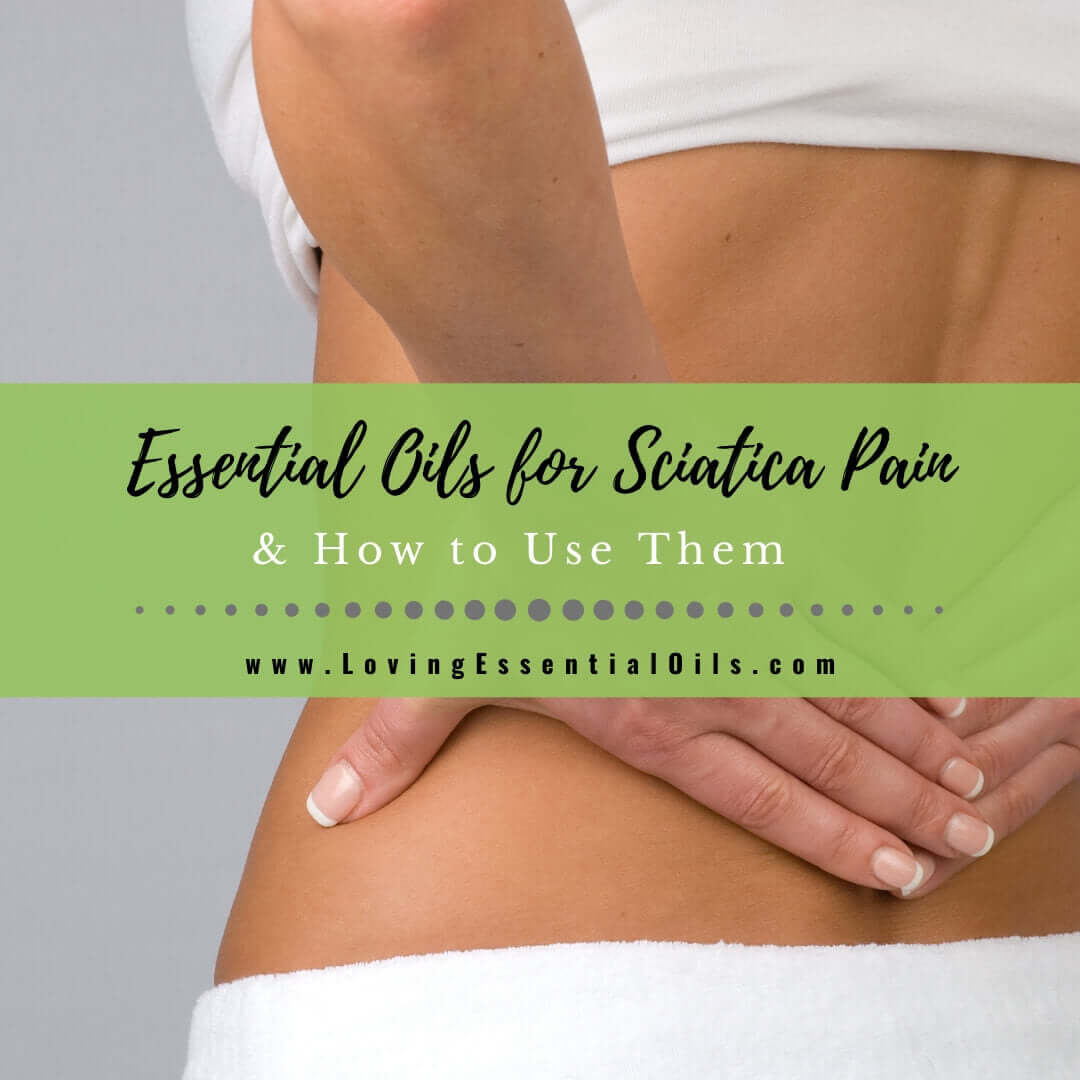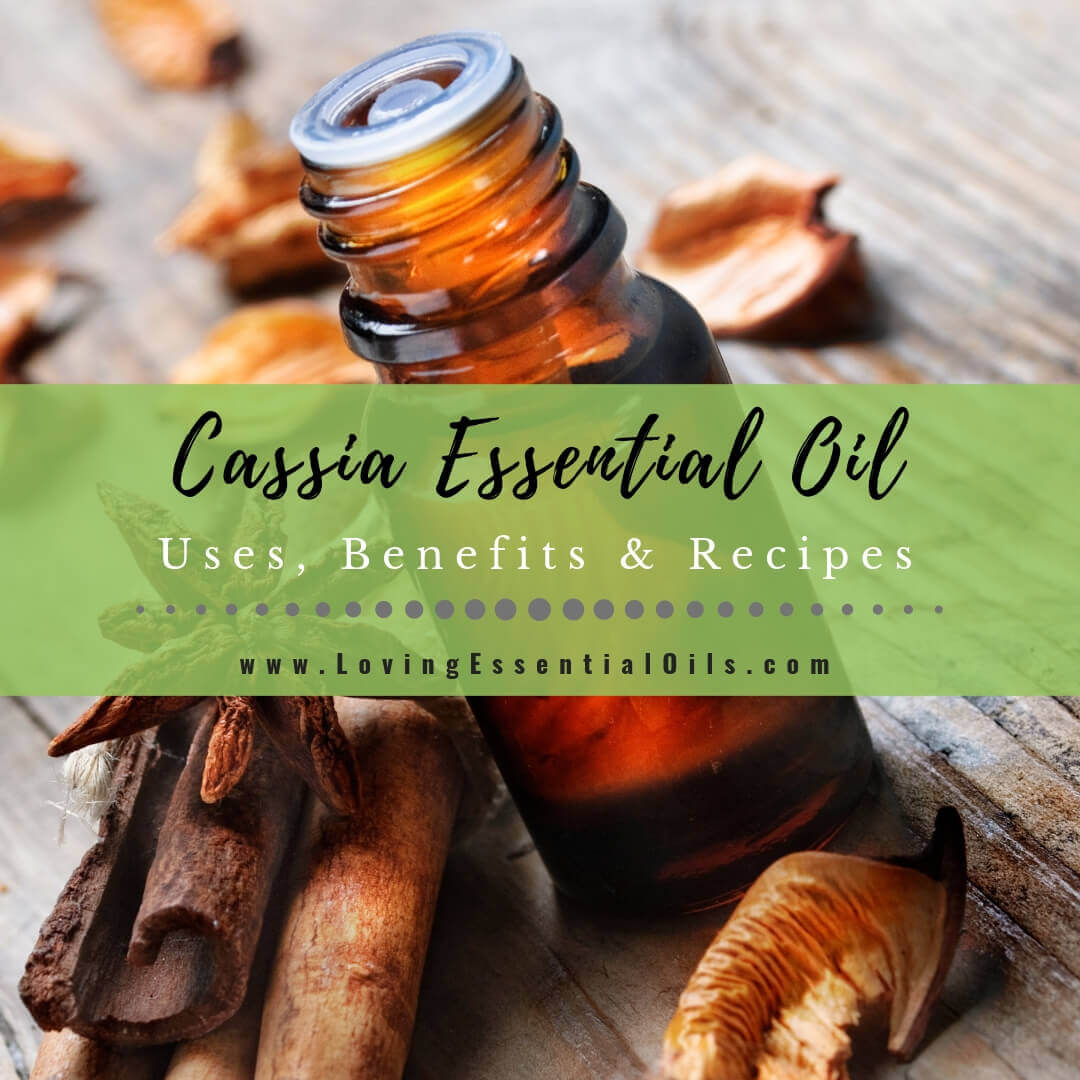Diluting essential oils is the best practice to follow when applying your oils topically. A few drops really can go a long way when diluted. Using undiluted essential oils is a quick way to get sensitized or irritated skin.
Essential oils are extremely powerful. This is one reason we love them so much, but with great power comes great responsibility (as Voltaire and Spiderman have taught us). Dilution is a needed step in safely and effectively using essential oils.
To dilute essential oils, first you must choose your carrier oil and dilution rate that fits your application.
All carrier oils can dilute essential oils, making them safe for topical use. You can learn more about carrier oils here.

Why Dilute Essential Oils?
Here are 6 reasons to dilute essential oils with a carrier oil:
- Essential oils evaporate way slower, giving them time to absorb into skin
- Lessens chance of skin reactions, irritations or sensitization
- Saves you money because less essential oil drops are needed
- Makes spreading essential oils over large areas of skin easier
- Improves the effectiveness of essential oils
- You get the added benefits the carrier oil offers...oh yeah!!
After reading these reasons, how can you NOT dilute your essential oils! Oh, and laziness is not a good excuse.
Common Carrier Oils for Essential Oils
Carrier oils for essential oils are often plant oils that are used to dilute the concentrated oil before it is applied to the skin. Commonly used carrier oils include sweet almond oil, jojoba oil, avocado oil, fractionated coconut oil, and rosehip oil. Each of these oils has different properties that can be beneficial for the skin.
For example, sweet almond oil is a light oil that is easily absorbed by the skin. Jojoba oil is similar to the natural sebum produced by the skin, making it an excellent choice for those with oily skin. Avocado oil is rich in vitamins and minerals, making it a good option for dry or damaged skin.
When choosing a carrier oil, it is important to consider your own individual needs and choose an oil that will best suit your skin type.
Read about the Top 5 Fan Favorite Carrier Oils here
Jojoba Oil for Essential Oils
My all time favorite! Jojoba is a liquid wax, it mimics the skin's own sebum. It is odorless, stores well, and doesn't turn rancid. Jojoba has softening effects on the skin and is a great oil for hair. Works well as a massage oil or for roller recipes. Also a popular ingredient in natural cream, lotions, and other skincare recipes.
Fractionated Coconut Oil for Essential Oils
Odorless and colorless makes this a fan favorite carrier oil for using with essential oils. It is stable with a long shelf life, so get the larger bottle so you can use as bath oil and more DIY recipes.
Avocado Oil for Essential Oils
High in vitamin A & D, as well as natural proteins. Perfect for dry or irritated skin. Use avocado oil in creams, lotions, lip balms, and body oils.
Sweet Almond Oil for Essential Oils
A wonderful carrier oil that has emollient, softening and nourishing properties on the skin. Perfect for all ages, including children and babies. Avoid if you have nut allergies.
Rosehip Oil for Essential Oils
A strong regenerative healing oil that has many beneficial properties. Use rosehip oil for mature skin, scarring, and other skin conditions. You can buy it here.
When is it Okay Not to Dilute?
When using essential oils aromatically (smelling the aroma), there is no need to dilute them. Essential oils are volatile, meaning they easily evaporate at normal temperatures. Carrier oils are considered fixed oils. Fixed oils don’t evaporate the way essential oils do, and they are much heavier.
Diffusing essential oils, you would not want your oils diluted because it can damage your machine. Remember, carrier oils do not evaporate like essential oils do.
Diluting Essential Oils
Here is a general guideline to go by for diluting essential oils. Keep in mind that some essential oils have maximum dermal levels for safe use so that would need to be considered.
Photosensitive essential oils should be noted with topically application, so you can be sure to follow the safety guidelines.
There are also some oils that should be avoided all together regardless of dilution for children, pregnant or breastfeeding women, and people with seizure disorders or other chronic illnesses.
| 0.5% - 1% Dilution | For essential oils being applied on face (facial tissue is more delicate), recommended at 1% or less dilution. |
| 1% Dilution | For children age 2+, pregnant or breastfeeding women, elderly, adults with sensitive skin. |
| 2% Dilution | For adults, children age 12+, daily use, great for massage oils, lotions and creams, long term issues. |
3% - 5% Dilution | For spot treatments in roll ons, aches, bruising, congestion, and other temporary issues. |
| up to 10% Dilution | For RARE short term only, used on specific areas when lower dilutions were not effective. |

Essential Oil Dilutions
Ready for the numbers? So far we have covered why essential oils need to be diluted, what carrier oils you can use, and what dilution level you need. Now it is time to figure how many drops of essential oil you need.
Here you will see the drop count you need for each common size bottles used with essential oils. It includes 5 ml, 10 ml, 15 ml bottles. These sizes may come in the form of roller bottles, or recycled essential oil bottles you want to reuse to make a diluted EO blend. Sizes 1 oz, 2 oz, and 4 oz are frequently used for facial oils, massage oils, beard oils, bath & body oils, etc.
I also include several measurements, like 5 ml is about 1 teaspoon or 1/6 oz. Maybe you just want to measure out a quick amount to apply without a bottle, the chart will show you that for 1 teaspoon of carrier oil, you need 1 drop of oil for 1% dilution.
Be sure to get our Free Printable Dilution Chart Cheat Sheets at the bottom of the post so you can have them when you need them.
5 ml (1/6 oz) of Carrier Oil |
5 ml = 1 teaspoon
|
10 ml (1/3 oz) of Carrier Oil |
10 ml = 2 teaspoons
|
15 ml (1/2 oz) of Carrier Oil |
15 ml = 3 teaspoons or 1 tablespoon
|
1 oz (30 ml) of Carrier Oil |
1 oz = 6 teaspoons or 2 tablespoons
|
2 oz (60 ml) of Carrier Oil |
2 oz = 4 tablespoons or 1/4 cup
|
4 oz (120 ml) of Carrier Oil |
4 oz = 8 tablespoons or 1/2 cup
|
Please keep in mind these charts are a guideline to follow (not a hard rule). When counting drops I tend to get that stubborn drop that won't come out and then BOOM 2 drops come out, argh! It's OK though, nothing to fret about.
It is OK if your blend does not have the exact drops the chart is recommending (remember it is a guideline). Essential oil drops are really an inaccurate measure because the viscosity differs in oils and not all droppers used are the exact same, meaning drops are not a uniform measurement. So again, these are guidelines.
Free Dilution Chart Cheat Sheets
Get an instant PDF download of all the dilution charts for the top 6 sizes used: 5 ml, 10 ml, 15 ml, 1 oz, 2 oz, and 4 oz. Please take a moment to share this post on your favorite social so others can access our free diluting essential oils guide too.
Share on Pinterest

What is a therapeutic grade essential oil?
Therapeutic grade is simply a marketing term that any company can claim. No government agency or organization “grades” or “certifies” essential oils in the United States.







